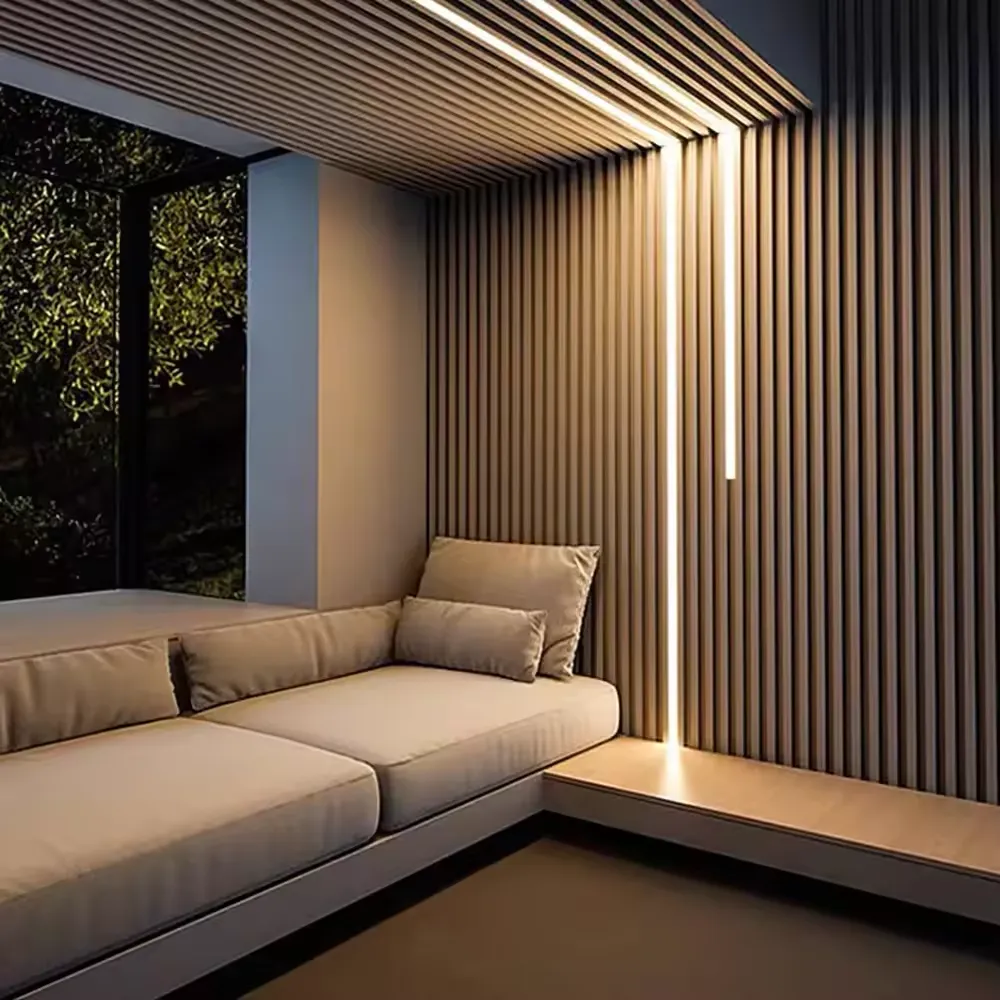Acoustic Wall Panels for Recording Studios Enhancing Sound Quality
In the realm of music production, sound quality is paramount. Whether you are recording vocals, instruments, or producing complex mixes, the acoustic environment plays a crucial role in the clarity and quality of the recordings. One crucial element of shaping this environment is the use of acoustic wall panels. These specialized panels can significantly enhance the acoustics of a recording studio, allowing for cleaner sounds and more controlled sonic spaces. In this article, we will explore the importance, types, benefits, and considerations of acoustic wall panels for recording studios.
Importance of Acoustic Treatment
When recording in a studio, sound waves bounce off walls, ceilings, and corners, leading to various acoustic phenomena such as echoes, reverberations, and standing waves. These effects can muddle the audio quality, making it difficult to achieve a polished final product. Acoustic wall panels are designed to absorb sound waves and minimize these unwanted sounds, creating a controlled acoustical environment that is essential for professional recording.
Types of Acoustic Wall Panels
Acoustic wall panels come in various types, each catering to specific acoustic needs
1. Absorption Panels These panels are made from materials designed to absorb sound waves, reducing reflections and reverberation within a space. They are usually made from foam, fiberglass, or mineral wool. Thick panels offer greater absorption, particularly at lower frequencies.
2. Diffusion Panels Unlike absorption panels, diffusion panels scatter sound waves in multiple directions. This scattering helps to prevent sound from becoming too focused in certain areas, creating a more balanced sound throughout the studio.
3. Bass Traps Low-frequency sound waves (bass) are often problematic in recording studios. Bass traps are specially designed panels that absorb these low-frequency sounds, preventing the buildup of bass frequencies in corners, which can lead to poor sound quality in mixes.
4. Combination Panels Many panels combine absorption and diffusion characteristics, offering versatile solutions for various acoustic needs in a recording studio.
Benefits of Using Acoustic Wall Panels
The incorporation of acoustic wall panels in a recording studio offers several key benefits
acoustic wall panels for recording studio

- Improved Sound Clarity By reducing echoes and reverberation, acoustic panels help in achieving clearer sound recordings, allowing listeners to experience the full depth of the music
.- Enhanced Mixing Accuracy With a controlled acoustic environment, sound engineers can make more accurate assessments during mixing and mastering, leading to well-balanced final products.
- Better Vocal Performance Artists can perform with greater confidence in an acoustically treated room, as they will not be distracted by unwanted echoes or muddiness in their sound, enabling more focused and passionate performances.
- Versatility Acoustic panels can be strategically placed to address specific acoustic issues and can be moved or adjusted to cater to different recording sessions.
Considerations When Choosing Acoustic Panels
When selecting acoustic wall panels for a recording studio, several factors should be considered
- Material and Thickness The material composition and thickness of the panels affect their absorption properties. Denser materials will absorb lower frequencies better, while more lightweight options might be better for higher frequencies.
- Placement and Coverage Strategic placement is key to effective acoustic treatment. Panels should be installed at reflection points, corners, and areas where sound tends to accumulate.
- Aesthetic Appeal Recording studios often serve dual purposes as creative spaces. Choosing visually appealing panels or customizing them can maintain the studio's aesthetic without sacrificing functionality.
- Budget Acoustic treatment can vary significantly in cost, so it is important to prioritize which areas of the studio require immediate attention and balance quality with budgetary constraints.
Conclusion
Acoustic wall panels are an essential investment for any recording studio looking to achieve high-quality sound. By understanding the various types of panels and their benefits, studio owners and sound engineers can create a space that fosters creativity and produces exceptional audio results. Whether you are a seasoned professional or a budding musician, the right acoustic treatment can dramatically elevate your recording experience and the quality of your music.
